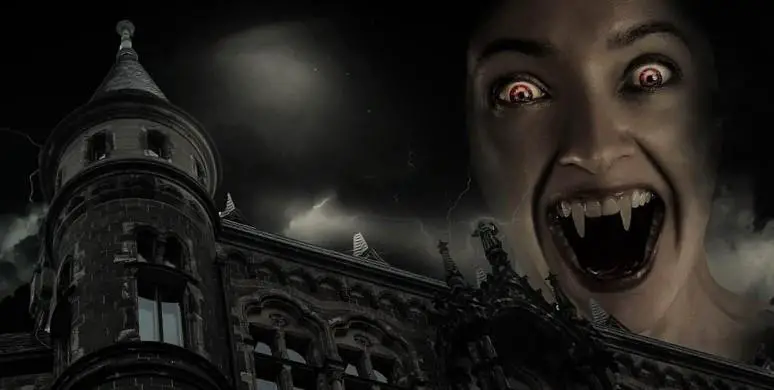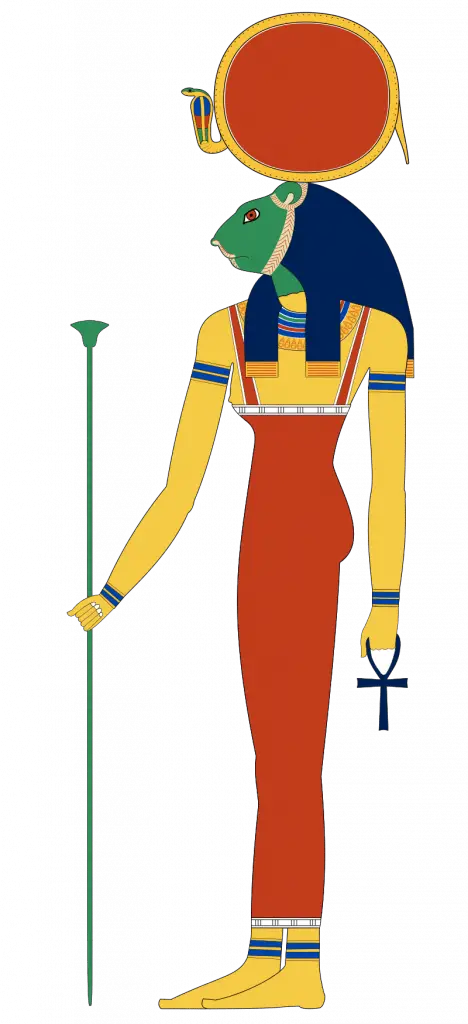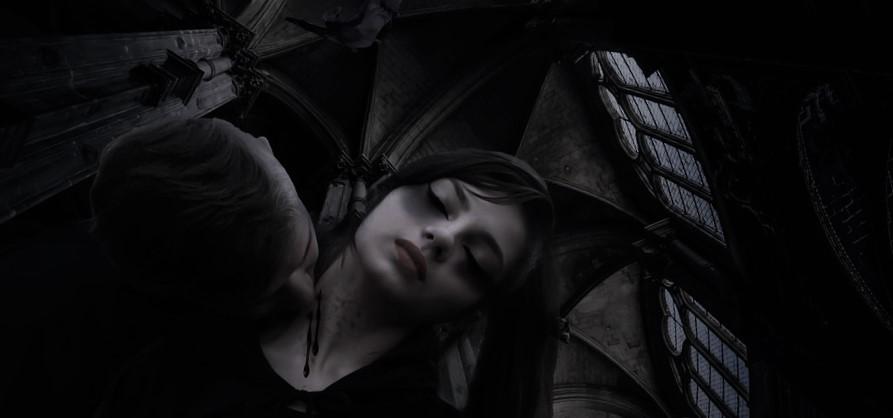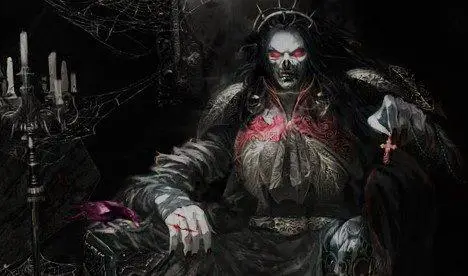Share the Lore!
By: Sid Meyers
Where Did Vampires Come From?
Vampires are not just popular in modern books and cinema. When mentioning vampires, many instantly conjure images of Count Dracula, the vampire from the classic novel.
However, the myth of a man-like creature that scours the night for human blood on which to feast dates back many millennia. This myth is also pervasive across multiple cultures and has many potential, and probably unrelated, origins.

Where Did Vampirism Originate?
Like the creature itself, the word “vampire” is clouded in mystery. For most readers, a vampire is a terrifying and ominous creature from the forests of Transylvania or Hungary. However, the name is not believed to have that same origin. There are different schools of thought about the word’s etymology.
The term ‘vampire’ (as vampyre) was first used in English in a 1732 news report detailing a vampire epidemic that was spreading through Europe. Although Vampires had been described in many parts of European literature prior to this.
Although this was the origin of the word ‘vampire’ in the English language and modern literature. The idea of vampirism has been around since ancient times.
Many cultures including the Romans, Egyptians, Greeks, Hebrews, Mesopotamians, Manipuri, and many more made mention of creatures or demons that have traits closely resembling that of a vampire.
The folklore of vampirism stems from South-Eastern Europe in the 1700s. This was a period when the arcane traditions of many groups of that region were first put into the written word.
Vampires were believed to be many things depending on what cultural beliefs were passed down. To some they were the reincarnation of evil spirits, some even believed that suicide victims had been possessed by a vampire.
Many of these beliefs stated that the spirit or disease was transmitted through the act of biting.
It became such a strongly held belief, that vampirism caused widespread panic and led to the death of many people who were accused of being a vampire.
Did Disease Give Birth to Vampirism?
Stories of the walking dead drinking the blood of the living were very prevalent during the Medieval era as disease spread rapidly across Europe.
Due to the primitive understanding of medicine and science, these tales were often used as an explanation for the transmission of diseases. Since those close to the infected usually became ill, it was believed that those who became vampires would feed upon whoever was closest to them.
Many traits that vampires have can actually be linked to various diseases, many of which are highly infectious.
- Tuberculosis – causes coughing up blood, fever, night sweats, and chills.
- Porphyria – a genetic blood disorder that causes changes in one’s mental state as well as a sensitivity to light.
- Pellagra – a disease that causes one’s skin to thin and to develop sores if exposed to sunlight.
- Rabies – a disease that is transmitted through saliva and biting, it causes many sensory sensitivities which could explain the aversion to garlic or bright light.

Who Was the First Vampire?
Since the term ‘vampire’ was only widely used from the 18th century onwards, the oldest tales of creatures or beings resembling the modern-day vampire are subjective depending on what tales you feel most closely describe creatures that match the description of the modern vampire.
Many consider the Eygptian warrior goddess, Sekhmet, to be the first vampire-like creature on record. The deity was worshipped as far back as 1500 BCE.
Although Sekhmet is cat-like in appearance, her fables closely resemble that of a vampire.
Along with being a mighty warrior, Sekhmet was also the god of healing and death. This has drawn similarities to the state of eternal life as well as eternal death that is experienced by vampires.

Sekhmet was sent to earth by her father, Ra, the god of the sun, in order to slay the faithless and deviant. She would kill people by drinking their blood in order to give herself vitality and power.
The tales of supernatural creatures that consumed the flesh or blood of the living have been around since the dawn of man.
Nearly every culture has a fable that can draw similarities to vampirism. There are ancient mythological tales from Babylon, Assyria, and Mesopotamia of vampire-like creatures, but Sekhmet carries the closest resemblance to our modern-day description of a vampire.
Most of the ancient legends have long since been lost. It is impossible to say who the first vampire-like being was, or from which culture it originated.
The legends were either intended to terrify the superstitious into conformity, used as a cautionary tale to warn against the risk of infectious diseases, or something more.
Early Vampires in Literature
The origin of the creature known as a ‘vampyre’ was created by John Polidori in 1816. In a contest that required that the participants come up with their best ghost story, Polidori created a story called ‘The Vampyre’.
This was the first artistic portrayal of a vampire. This was all well before Dracula which was created by novelist Bram Stoker in 1897.
The Vampyre is a story about two lovers who are ambushed on their travels. The man, Ruthven, is murdered. His partner, Aubrey, takes a vow of silence and mourns his death. She later comes across him alive and well in London. Ultimately, Aubrey dies a classic lover’s death while Ruthven, the vampire, ends up marrying Aubrey’s sister. He then kills his new wife and drains her blood….Yikes!

An Everlasting Tale of Blood
So modern vampirism originated from John Polidori’s novel, but myths and legends describing creatures with vampiristic traits have been around throughout the ages.
Across every culture and every continent, legends of blood-thirsty immortal beings are ever-present. Although none of the ancient myths are identical, some are eerily similar.
Many ancient stories and tales carry with them hidden meanings and truths. Each culture that developed a myth about vampirism used the horrific to explain the mundane.
Were these creatures just created in order to frighten or entertain? Were the stories an analogy for the symptoms and transmission of infectious diseases? Or was there something else that our ancestors were trying to tell us that we have overlooked?
Whatever the reason for their origins, vampires remain a popular myth amongst most cultures to this very day. We have adopted vampires into our collective culture and still build new myths around them.
The legend has stood the test of time, but one has to ask themselves, why are people still so willing to believe?
References:
Encyclopedia: Vampires Researchgate: Vampires and Vampirism

